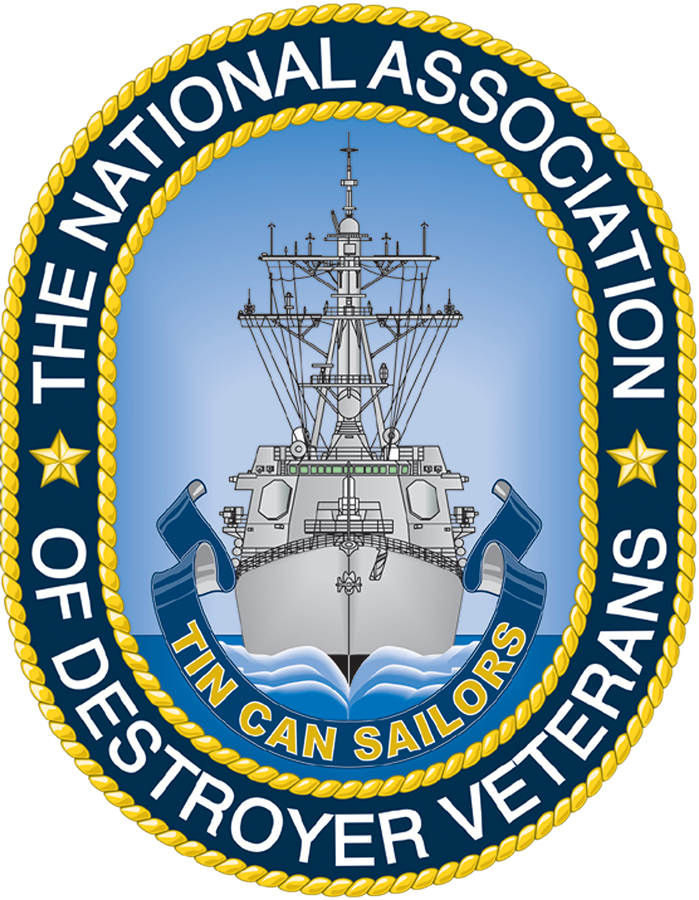Hull Number: DD-868
Launch Date: 07/07/1945
Commissioned Date: 11/16/1945
Decommissioned Date: 09/30/1976
Call Sign: NBGN
Voice Call Sign: GREASE (49-50), PALMOLIVE
Class: GEARING
GEARING Class
Data for USS Gearing (DD-710) as of 1945
Length Overall: 390’ 6"
Beam: 40’ 10"
Draft: 14’ 4"
Standard Displacement: 2,425 tons
Full Load Displacement: 3,479 tons
Fuel capacity: 4,647 barrels
Armament:
Six 5″/38 caliber guns
Two 40mm twin anti-aircraft mounts
Two 40mm quadruple anti-aircraft mounts
Two 21″ quintuple torpedo tubes
Complement:
20 Officers
325 Enlisted
Propulsion:
4 Boilers
2 General Electric Turbines: 60,000 horsepower
Highest speed on trials: 34.6 knots
Namesake: WILLARD HERBERT BROWNSON
WILLARD HERBERT BROWNSON
Dictionary of American Naval Fighting Ships, September 2019
Willard Herbert Brownson — born in Lyons, New York, on 8 July 1845 to Morton and Harriet (Taft) Brownson. After attending a private elementary school and Lyons Union School, he entered the Naval Academy on 29 November 1861 and graduated on 25 October 1865. Brownson then served in the North Atlantic Squadron until the summer of 1868 when he received orders to join the Pacific Fleet. During his tour of duty on board the corvette Mohican, he and a detachment of men destroyed the Mexican pirate gunboat Forward at the Battle of Boca Teacapan on 17 June 1870.
Brownson reported for duty at the Naval Academy’s Department of Mathematics on 20 September 1872. Nearly three years later, on 1 July 1875, the young Lieutenant received orders to shift to the Asiatic Fleet. Brownson returned to the Naval Academy as Assistant Commandant of Cadets in October of 1878. In August of 1881, he joined the Coast and Geodetic Survey as a lieutenant commander where he commanded the survey steamers Gedney and Blake until 1884. After brief duty as executive officer of Powhatan from 10 December 1884 until 23 June 1885, Brownson served as Inspector of Hydrography for the Coast Survey until 1 July 1889. He achieved the rank of commander on 19 May 1891. From 1889 to 1898, Brownson commanded several ships, including Petrel (Gunboat No. 2), the dispatch vessel Dolphin, Detroit (Cruiser No. 10), at Rio de Janeiro, Brazil, during the Brazilian Naval Revolt of 1893-94, the sail training ship Monongahela, and the auxiliary cruiser Yankee, during the Spanish-American War. After a return to the Naval Academy as Commandant of Cadets from 21 November 1894 until 12 November 1895, he served for two years on the Board of Inspection and Survey. On 3 March 1899, Brownson achieved the rank of captain and took command of Alabama (Battleship No.8). From November 1902 to June 1905, he was Superintendent of the Naval Academy.
Brownson rose to the rank of rear admiral on 6 May 1905 and two months later, on 8 July, he hoisted his flag on board West Virginia (Armored Cruiser No. 5) as commander, Fourth Division, North Atlantic Fleet. The following year, he served as Commander, Special Service Squadron, in Central American Waters before assuming command of the Asiatic Fleet. In May of 1907, he became Chief of the Bureau of Navigation and took charge of the Navy’s personnel matters.
After transferring to the retired list in July of 1907, Brownson continued to serve in his post at the Bureau of Navigation until December. That same month, President Theodore Roosevelt decided to give command of hospital ships to Navy doctors, against Brownson’s advice, who subsequently resigned from the Navy in protest. A storm of dissent arose within the Navy and from the public, but Brownson’s active naval career was over.
Rear Admiral Brownson died in Washington, D.C., on 16 March 1935.
Disposition:
Sold for scrap 1977-1978.
